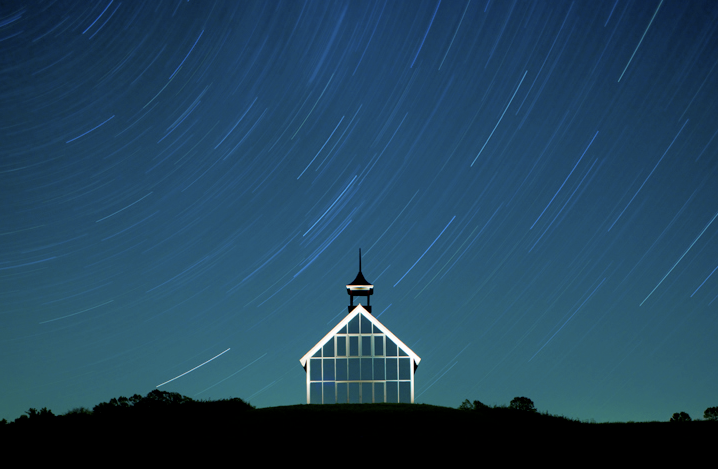

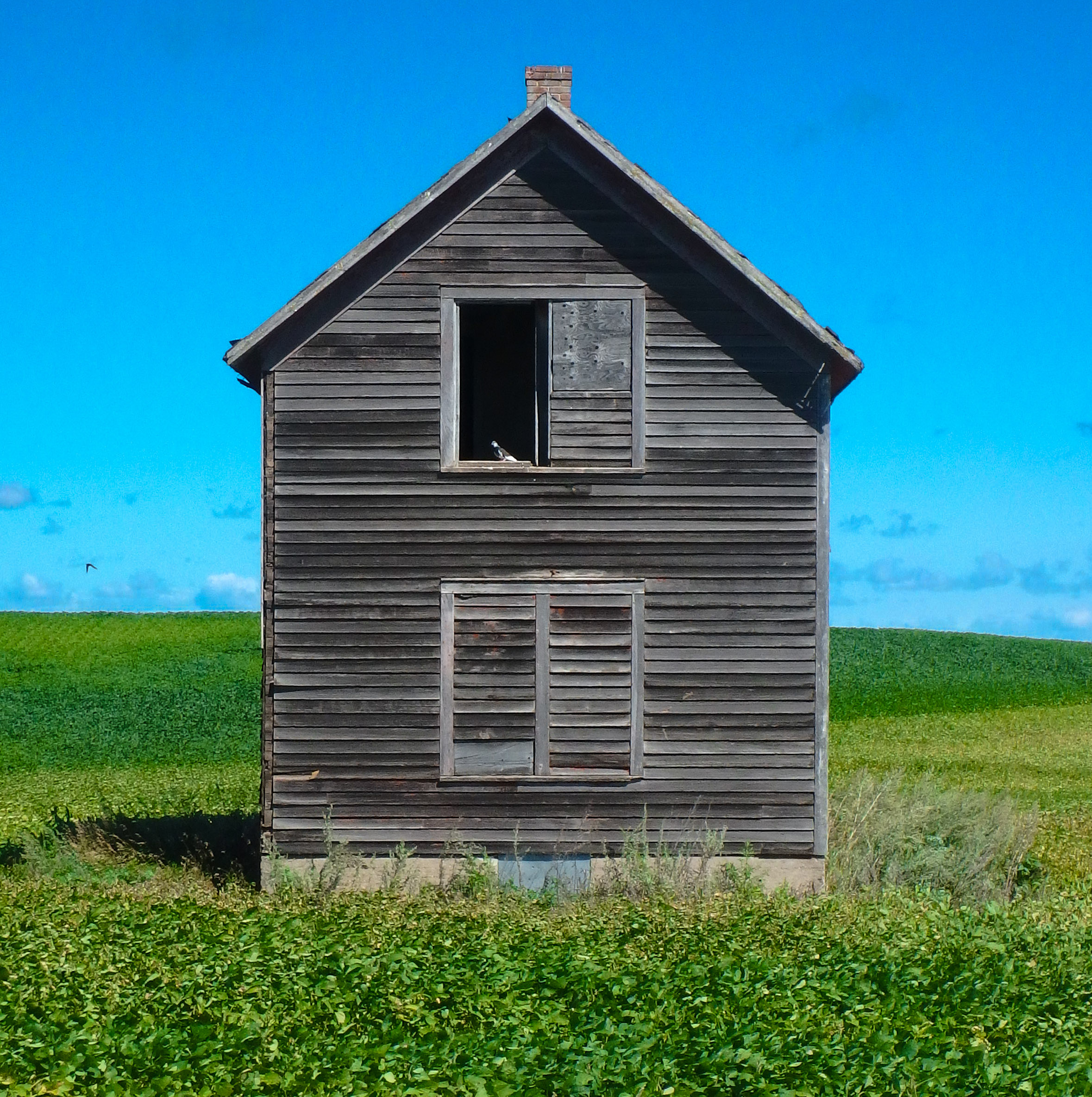
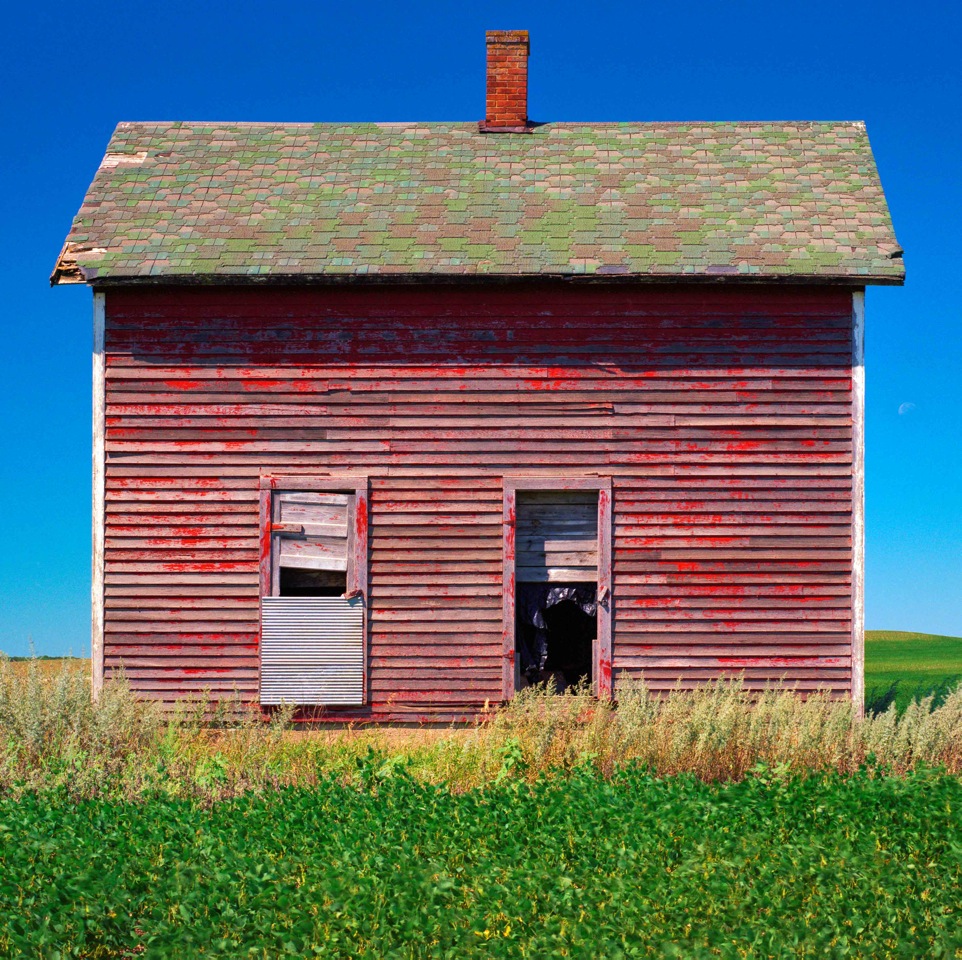
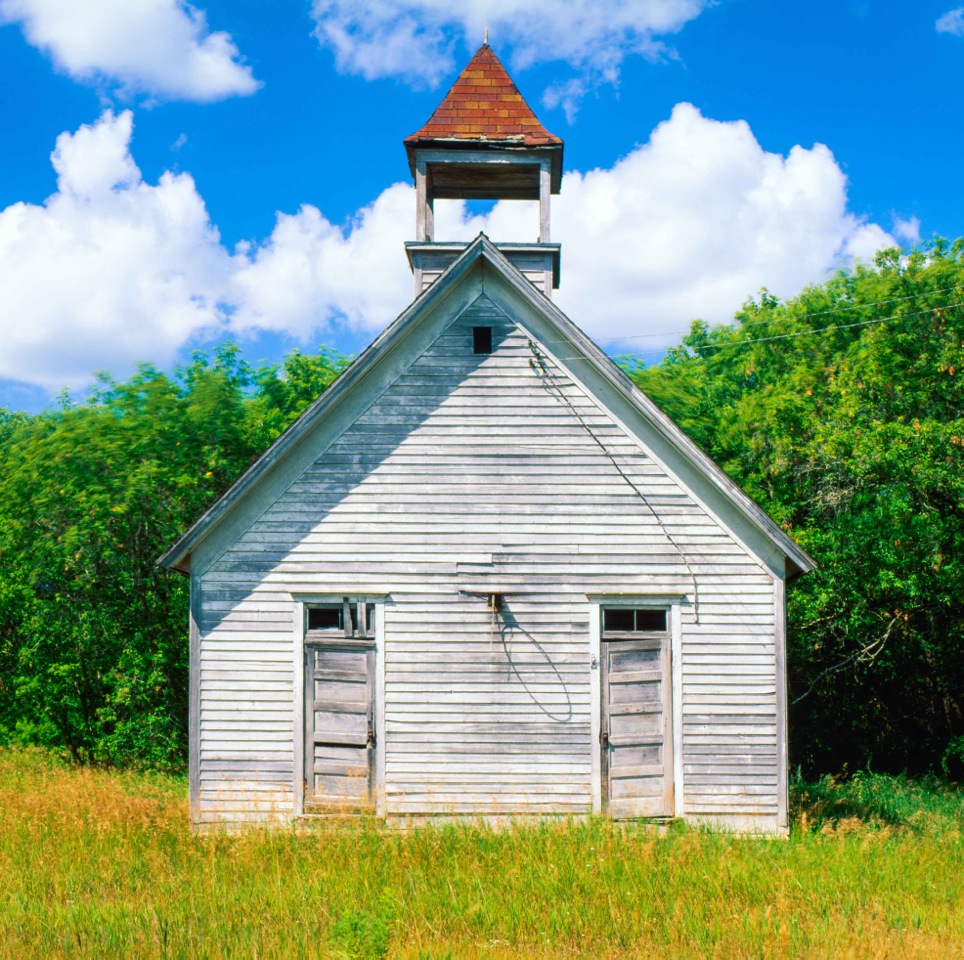
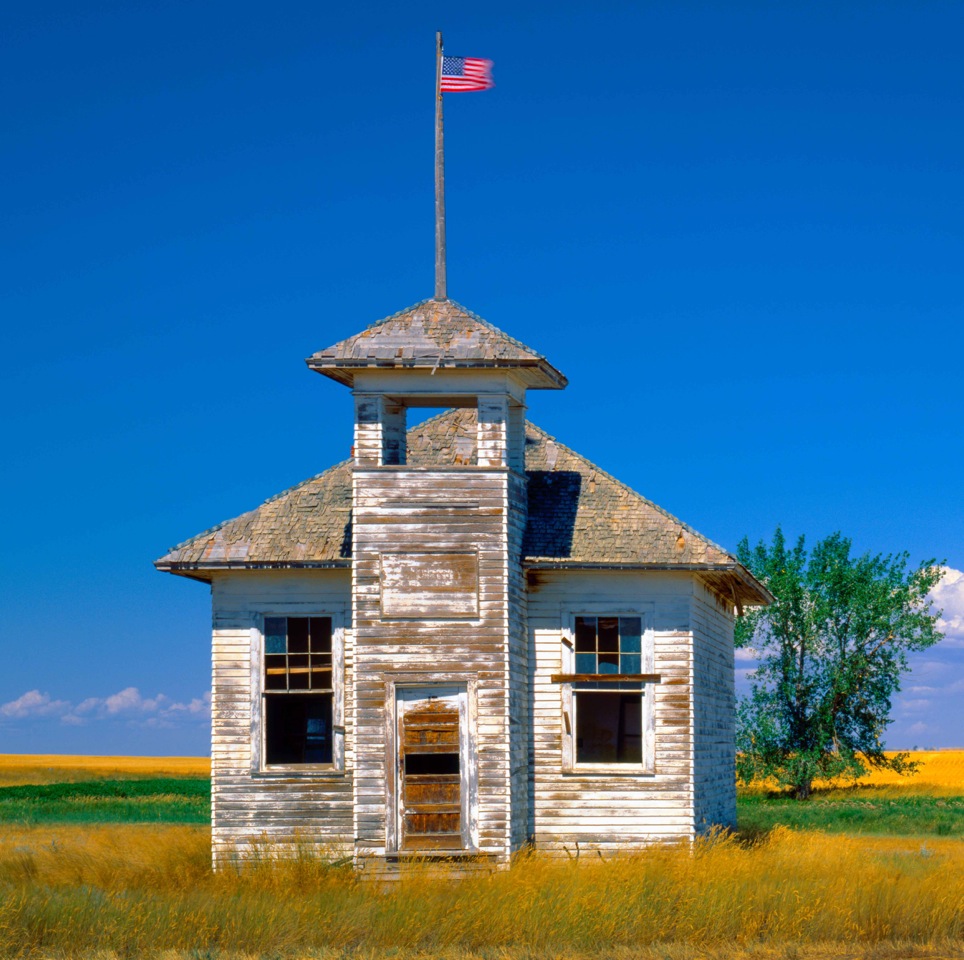
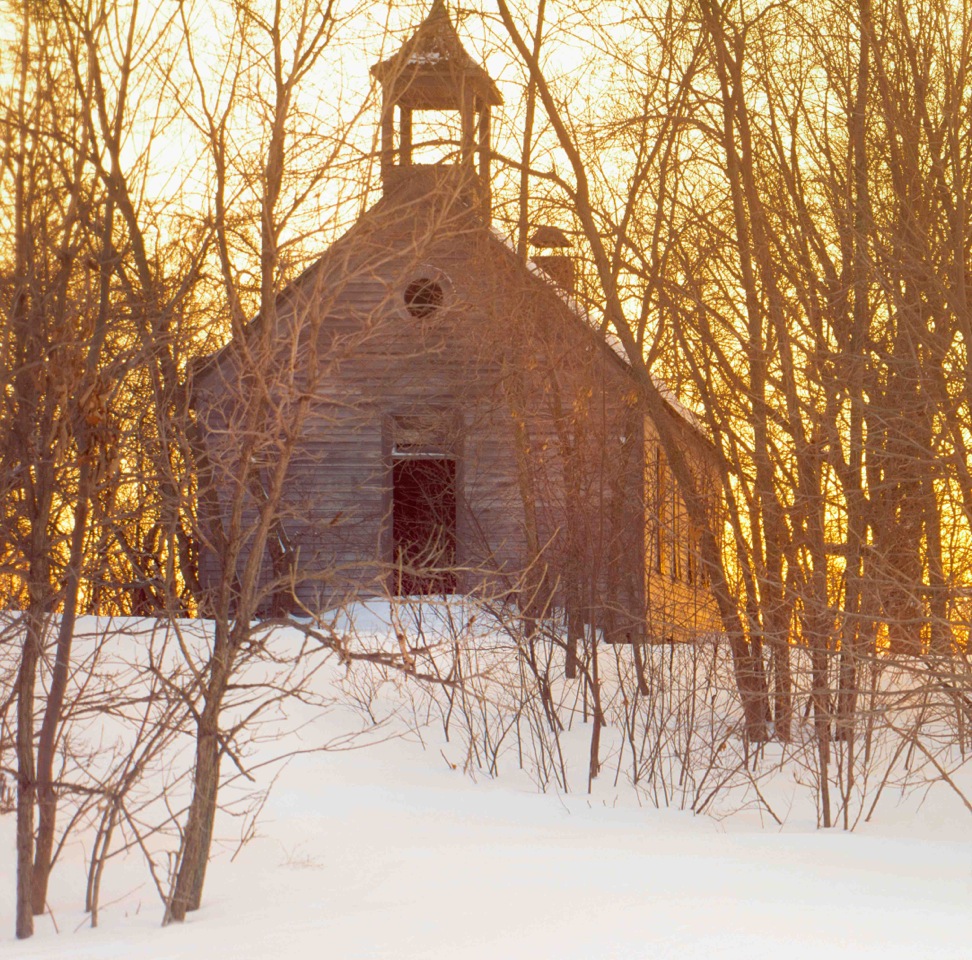
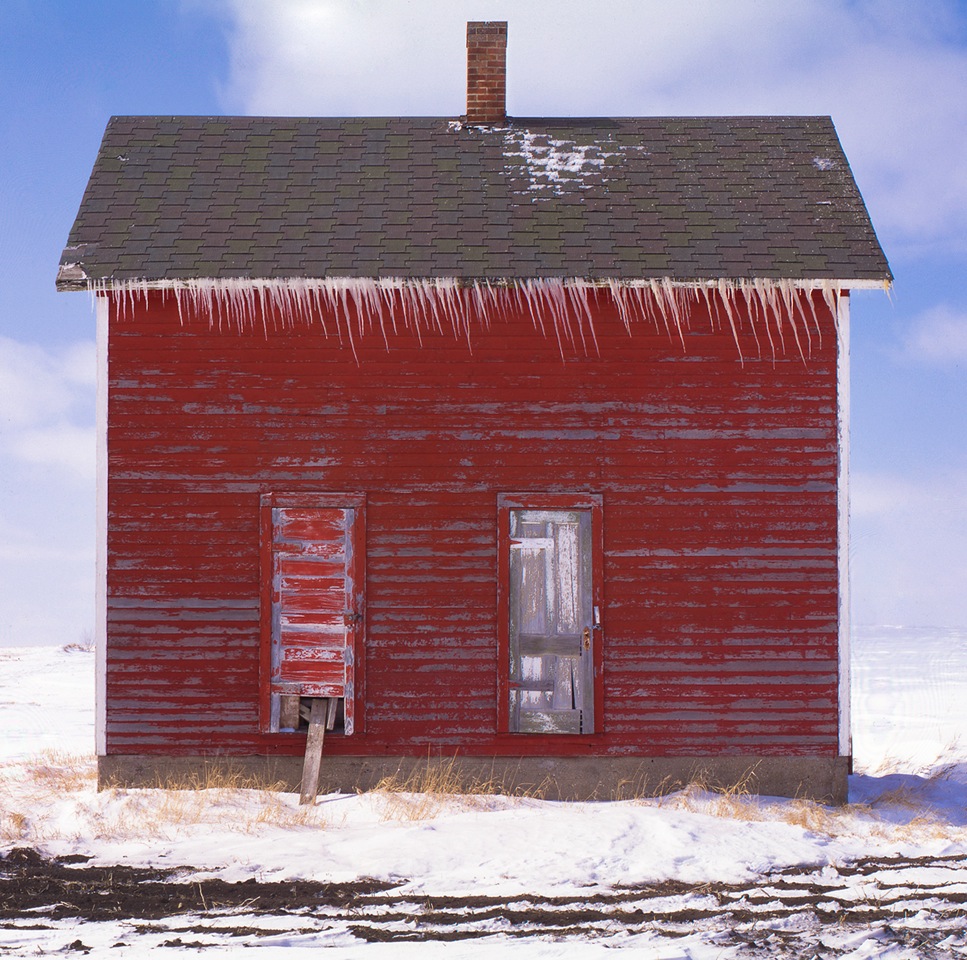
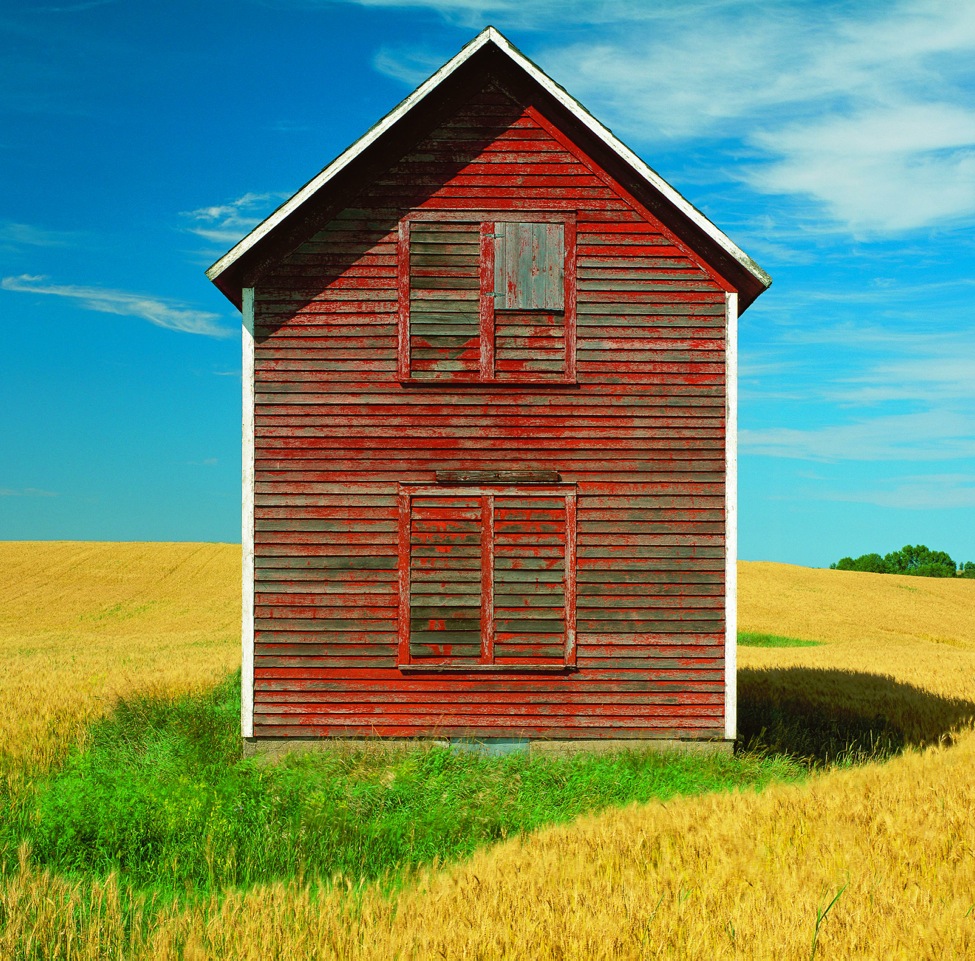

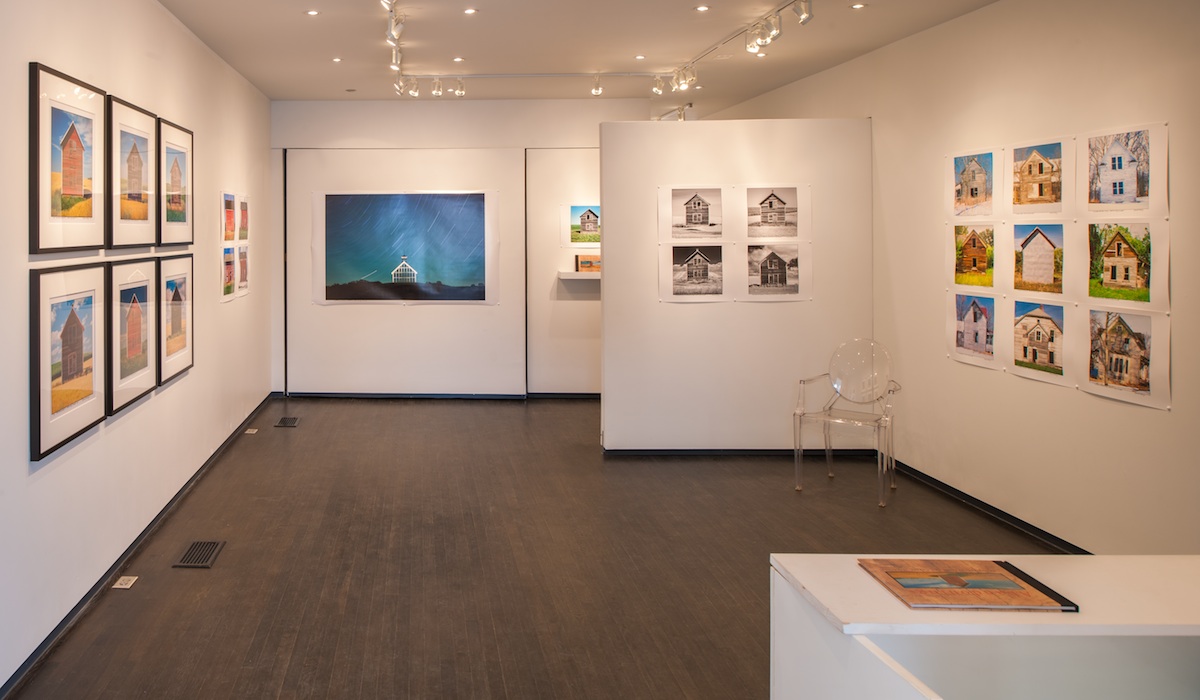

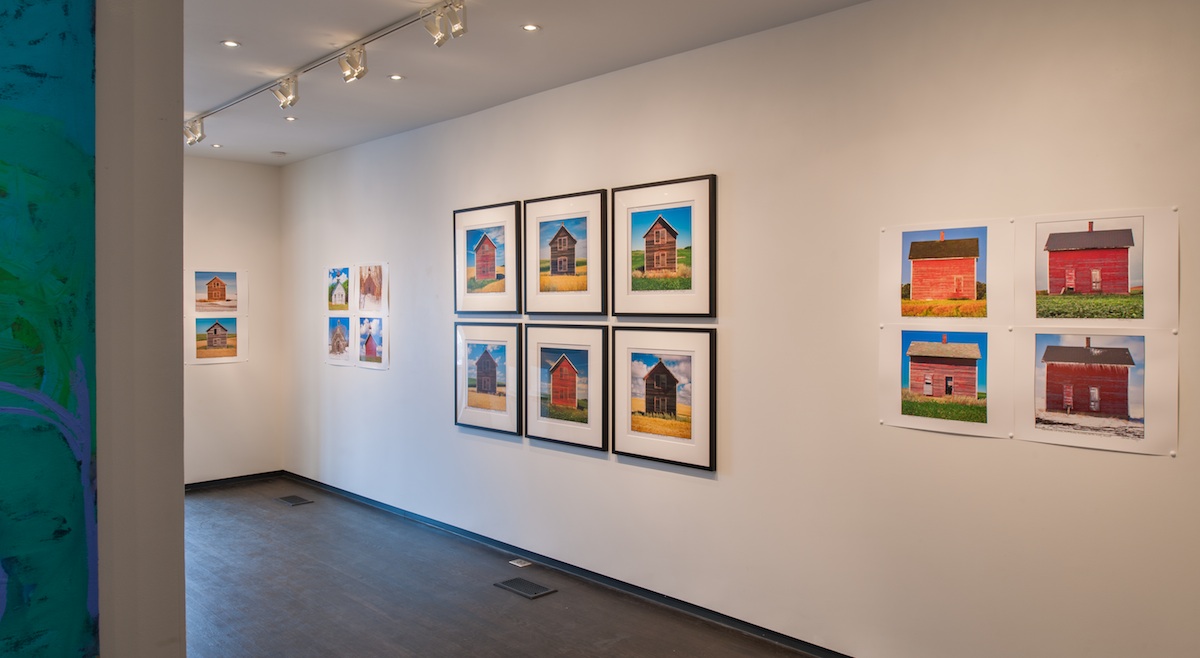



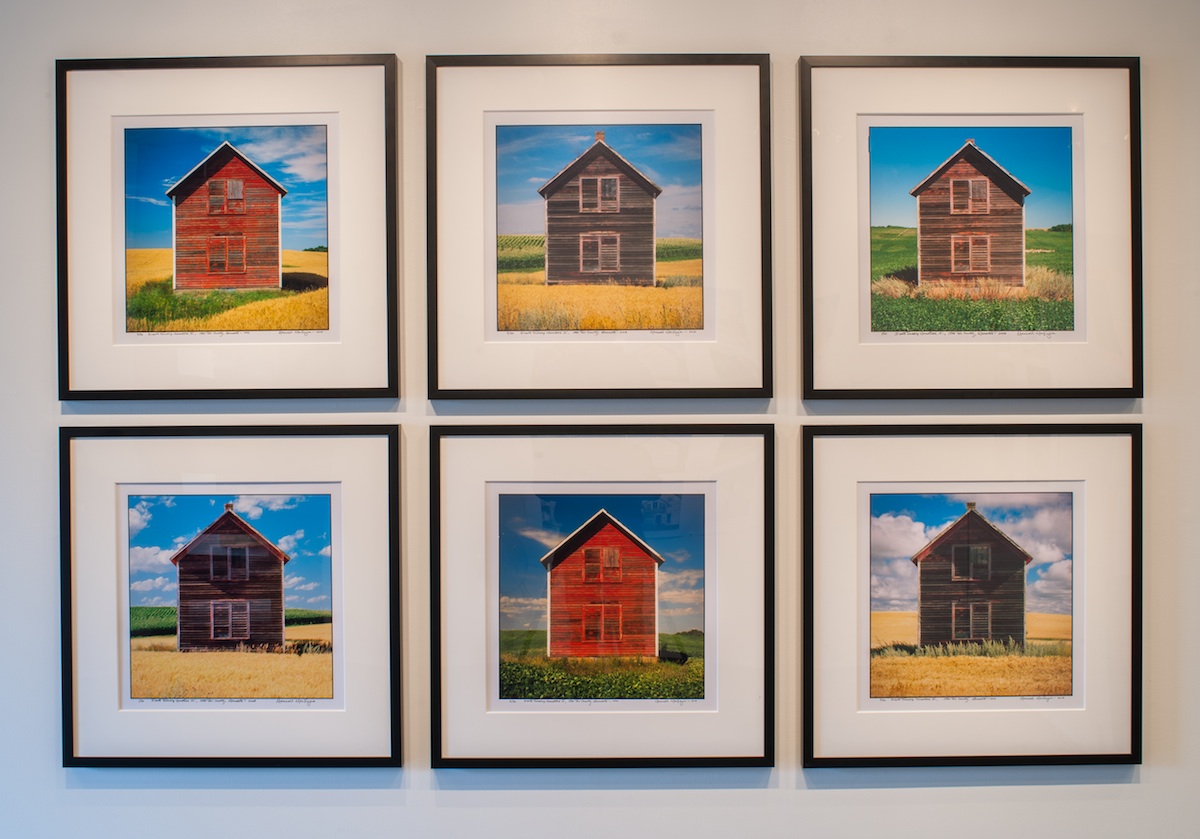





Your Custom Text Here
Maxwell MacKenzie – “GOING DEEP”
Read the Georgetown Dish's review here.
When Maxwell MacKenzie returned to the western Minnesota farm country where he was born, he found approximately a third of its old buildings deserted. Moved by their melancholy beauty, MacKenzie began photographing the sagging barns and empty houses set in expansive stretches of prairie that were once home to thousands of settlers from Sweden and Norway. The result of these efforts was the seminal exhibition and book titled, “Abandonings.” Now, after multiple museum & gallery shows and 2 more books, the Gallery is proud to present this exhibition of a selection of MacKenzie’s photographs. American artist Andrew Wyeth said, “Pick a subject and go deep.” MacKenzie took this to heart as he documented the vernacular architecture of his beloved native plains over the last 35 years..
This collection of color and black & white photographs, features dozens of the humble dwellings that have haunted MacKenzie and summoned him back yearly to capture their ruins. Again and again, in every season, Mackenzie revisited his subject and documented the ravages of time.
In the “Everts Township Homestead”, series, we see the isolated abandoned “little house on the prairie” photographed in the 1980’s with bright, barn-red, fresh paint, surrounded by a field of golden wheat – in another year, the paint has faded and the farmer has planted corn – another year, no paint remains and the ground is fallow – later, the window is gone, and the sky is gray – and finally, most recently, a lonely pigeon sits framed by the black hole of the missing window in a field of soybeans against a bright blue sky. MacKenzie has photographed hundreds of these Mid-western barns, schoolhouses and homesteads of the last century and delights in all their subtle variety. He compares the window placement, the pitch of the roof, the shape of the dormers and the width of the trim. Applying his formalist architectural photography skills with the utmost exacting care, he captures the elegance in the simple but noble architecture, falling into decline. One shares the artist’s deep sense of loss and can’t help but wonder if this body of work is a metaphor for his own personal Shangri-La as well as a metaphor in the larger context, for our country’s lost Jeffersonian ideals.
MacKenzie quotes Joan Didion’s passage from “The White Album” in his book “American Ruins – Ghosts on the landscape”, “Certain places seem to exist mainly because someone has written about them… A Place belongs forever to whoever claims it hardest, remembers it most obsessively, wrenches it from itself, shapes it, renders it, loves it so radically that he remakes it in his own image.”
Max MacKenzie’s image is deeply imbedded in these photographs.
Maxwell MacKenzie – “GOING DEEP”
Read the Georgetown Dish's review here.
When Maxwell MacKenzie returned to the western Minnesota farm country where he was born, he found approximately a third of its old buildings deserted. Moved by their melancholy beauty, MacKenzie began photographing the sagging barns and empty houses set in expansive stretches of prairie that were once home to thousands of settlers from Sweden and Norway. The result of these efforts was the seminal exhibition and book titled, “Abandonings.” Now, after multiple museum & gallery shows and 2 more books, the Gallery is proud to present this exhibition of a selection of MacKenzie’s photographs. American artist Andrew Wyeth said, “Pick a subject and go deep.” MacKenzie took this to heart as he documented the vernacular architecture of his beloved native plains over the last 35 years..
This collection of color and black & white photographs, features dozens of the humble dwellings that have haunted MacKenzie and summoned him back yearly to capture their ruins. Again and again, in every season, Mackenzie revisited his subject and documented the ravages of time.
In the “Everts Township Homestead”, series, we see the isolated abandoned “little house on the prairie” photographed in the 1980’s with bright, barn-red, fresh paint, surrounded by a field of golden wheat – in another year, the paint has faded and the farmer has planted corn – another year, no paint remains and the ground is fallow – later, the window is gone, and the sky is gray – and finally, most recently, a lonely pigeon sits framed by the black hole of the missing window in a field of soybeans against a bright blue sky. MacKenzie has photographed hundreds of these Mid-western barns, schoolhouses and homesteads of the last century and delights in all their subtle variety. He compares the window placement, the pitch of the roof, the shape of the dormers and the width of the trim. Applying his formalist architectural photography skills with the utmost exacting care, he captures the elegance in the simple but noble architecture, falling into decline. One shares the artist’s deep sense of loss and can’t help but wonder if this body of work is a metaphor for his own personal Shangri-La as well as a metaphor in the larger context, for our country’s lost Jeffersonian ideals.
MacKenzie quotes Joan Didion’s passage from “The White Album” in his book “American Ruins – Ghosts on the landscape”, “Certain places seem to exist mainly because someone has written about them… A Place belongs forever to whoever claims it hardest, remembers it most obsessively, wrenches it from itself, shapes it, renders it, loves it so radically that he remakes it in his own image.”
Max MacKenzie’s image is deeply imbedded in these photographs.